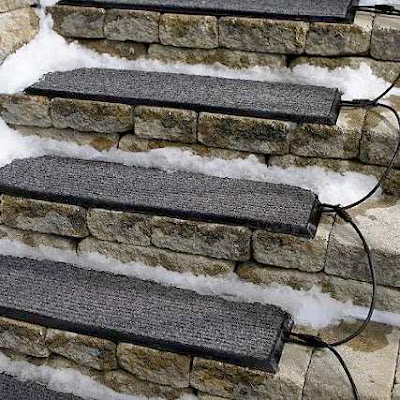
Many salespeople and stagers say neutral beige or off-white walls are what sells listings—but a touch of color may be just what you need to revive buyers' interest in a languishing listing. Although beige may offend no one, the right color on a home's walls or spotlighted in the accessories can trigger positive physiological and psychological responses among potential buyers.
Research on color responses has shown that warm colors, such as orange and red, can increase excitement and energy, whereas cooler hues, such as blue, can be calming and relaxing. Indeed, research shows color can influence a person's senses—even body temperature—and make scenes more memorable. Knowing the responses colors evoke offers insight into where and when you should use color in a home to appeal to buyers.
White, on the other hand can makes the room invisible. White is a missed opportunity to create a feeling in the space. It doesn't help buyers imagine themselves in the home. (Not to mention, in Asian cultures, white is associated with death and can add a certain doom to listings.) Pastel colors—which have a mostly white base—can have a similar, invisible effect.
So what color can lift a buyer's spirits? The most potent color is green. In light-spectrum research that focused on treatments for season affective disorder, subjects exposed to green colors were in better moods than any of the other subjects tested.
But before you start splashing green on all your listings, take caution. Not all shades of green are a safe bet. For example, lime greens—or any yellows with green undertones—look sickly to most buyers. Medium shades of green such as sage—and bedrooms painted in creamy tones of green—can be a good choice. Studies also favor buttery yellows inside and out, complemented with white trim accents.
Use the Color Wheel to Mix & Match
Remember learning about the color wheel in grade school? This 12-step circular rainbow graphic shows the relationship among colors and can serve as a helpful guide in choosing what colors to mix and match in a home to get pleasing results. Here's a refresher.
The color wheel is broken down into three main categories: primary (foundation colors used to create all other colors), secondary (created by combining two of the primary colors), and tertiary (formed by combining a primary and an adjacent secondary color).
To mix and match colors easily, you can use the color wheel in one of two ways:
1. Complementary Two colors that fall directly opposite one another on the color wheel (e.g. red and green, blue and orange, and yellow and purple). They create a maximum contrast and can be visually intense.
2. Analogous Color schemes that consist of any three colors located side by side on the color wheel (e.g. yellow, yellow-orange, and orange). One of the three colors usually dominates. This color scheme can add depth and energy to a room.
Color is always a very personal choice. So color choices can be subtle. A color doesn't have to be bright yellow or tomato red to be noticed. It can be a derivative or a subtle tint or tone of those particular colors to create the warming effect buyers want in a home.
For more information on how to prepare your home to sell contact bill.swanson@cbshome.com or visit www.billswanson.com.
 With people's lives becoming busier and busier, the one stop shopping concept in regards to a real estate transaction is gaining popularity.
With people's lives becoming busier and busier, the one stop shopping concept in regards to a real estate transaction is gaining popularity.















